Valiant Comics have been building up an exclusive roster of creators over the last few months. From writer Joshua Drysart to artists Doug Braithwaite and Trevor Hairsine, the company have a number of creatives on exclusive contract. But unlike any other company I can think of, they didn’t stop with announcing writers and artists – amongst their list of Valiant-exclusive creators was colourist Brian Reber.
I immediately contacted Brian about the announcement, and he kindly agreed to chat with me about what it means to be Valiant-exclusive and his struggle to be credited for his work at companies like DC. In an industry where colourists still aren’t credited as they should be, shouldn’t more companies be celebrating and highlighting their talent?
Steve: Congratulations on the recent announcement of your Valiant exclusivity! What does such a contract actually mean for a creator? Does this mean the company now has to give you a certain level of work a month?
Brian: Thank you! An exclusive contract means job security. I’m not worrying about where my next project is going to come from or if I’m going to have to scramble to find one. Valiant is going to provide with the amount of work I want and then some. For Valiant it means that they have my creativity/productivity guaranteed for the projects I’m assigned to. I have trouble saying no when it comes to great art though, so they usually squeeze more work out of me than they bargained for.
Steve: How much work do you typically manage to turn over in a month? Valiant have just under eight titles a week, so are you now handling around maybe half of them?
Brian: I’m working on 4 titles right now, so I think that puts me at half. I’ve got Bloodshot & the H.A.R.D. CORPS, Shadowman, Eternal Warrior, and Unity. Hopefully the Valiant fans aren’t sick of me, because they are getting a pretty heavy dose of me. I may be taking a break from Shadowman after the Halloween issue though. As I said before I have trouble saying no, but I also have a family that likes to see me on occasion.
From Shadowman #1
Steve: Is this the sort of announcement publishers should be making more of in the media, and in their business practise? Knowing that one colourist is on a title for a long-term does give a title a cohesiveness, even if the artists rotate arcs.
Brian: YES! Publishers should be announcing more exclusives. That means they care so much about their talent that they don’t want anyone else to have them. Valiant understands this. They are rebuilding their universe from the ground up and they are making sure they have talent in place for the long haul.
One of the skills I pride myself on is being able to bring consistency to a book. It helps make the book identifiable even when other members of the creative team are being cycled. Shadowman for example has had a ton of artists already, but you can pick up any issue and they will all have the same feel. At one point I joked with them about putting my name first on the credits.
Steve: This isn’t an announcement usually associated with colourists – do you think this speaks to a growing voice that colourists have within the industry?
Brian: I would like to think so, but it’s really just a tiny ripple in the large pond of comics. I think it says more about Valiant and how they value creators. Colorists are being noticed more by fans and reviewers, but there are still many things in the industry that are holding colorists back.
Steve: What kind of things? How do you feel colourists are still being held back?
Brian: Colorists have to raise a stink just to get a mention in solicitations in most cases. Some companies won’t even credit the colorist on the cover, but have no problem listing 3 or 4 inkers. I remember finally getting my name on the cover of Batwing – but only because I had done finishes, not because I had been coloring every issue. In those cases it’s a policy change that needs to happen.
Colorists are an asset on each book and if promoted by the companies they can become a greater asset. There are books that I pick-up based purely on just who is coloring it. It’s not that I am just THAT into color, but because I know that the book will look phenomenal. Just to name a few anything Justin Ponsor, Dave McCaig, or Matt Wilson color I will most likely check out. Another hurdle though is just the casual reader really has no idea what the colorist does.
Take Justin’s work on Galaxy of the Guardians for example. There is an intergalactic bar scene in the first issue where readers are probably awestruck at all the detail Steve McNiven put into it. Well, all of the lighting, rendering, and color choices from clothes down to what they are drinking is from Justin’s head. There’s no space bar reference out there. We don’t just plug in colors that are assigned from someplace else. It’s from just as much our imagination as it is the penciler’s.
Process from Harbinger Wars 2 with Clayton Henry
Steve: It’s a unique position, being able to control and set the tone for such different titles all within the same universe. How do you look to establish a different tone for each book you work on, knowing they all exist in the same world? Is that something you have to keep in mind?
Brian: It’s pretty amazing that Warren Simons [Valiant’s Editor in Chief] and everyone at Valiant have let me set the tone for much of the line. When I first started working with them I told them I wanted to be that guy, so it’s a huge honor to be in this position. I don’t set out immediately to establish a different tone per book. It’s usually dictated to me from the story and the art. I try to approach the art as though I drew it. I try to make sure that my style compliments the artist’s style, so the end result looks like one artist did the art.
The one constant that I bring to all of my projects is probably my palette and color choices. It’s only when I’m working on an event like Harbinger Wars do I try to make sure multiple books relate to each other. Otherwise I hope each title has its own distinct look. I have been doing behind the scenes concept work to help establish the character’s palettes before the books are even assigned talent. So even projects I’m not working on might have a little bit of my color touch to them.
Steve: Unity is probably the most prominent example of this. Here you have characters from Harbinger, X-O Manowar, Eternal Warrior and Ninjak all in the same title. How do you decide on a colouring style which suits such a random group of characters?
Brian: In a project like Unity where you have all of these characters from different titles you have to make sure the book appeals to a wider audience than say Shadowman. If I try to go dark and moody it’ll alienate readers who are use to an action oriented book like X-O Manowar.
Pages from Unity #1
My approach is what I call a “mainstream” style. I have to make sure everyone’s favorite character looks great. I’m using true color as much as I can, so all the details pop. All while still trying to maintain storytelling elements to lead the readers eyes around. That’s where the color theory takes place in things like backgrounds to make sure X-O or Ninjak are the focus.
Steve: Similarly, do you ever look into the previous work of the various artists you’re to work with – who range from Tom Fowler through to JG Jones – to see how their style is usually coloured? Or again, do you like to put your own twist on things?
Brian: I try to take into account how everyone has been colored before. I’ll usually ask the editor or artist if they have anything particular in mind right off the bat. That response will usually determine how I color them. I also try to take into account if the artist has a favorite style. If I see that someone is always colored the same way though then I may change it up just to see the result.
Cover for Eternal Warrior #1 with Patrick Zircher
Other times I will just click with an artist. For example Patrick Zircher probably knew exactly how his covers would look before I even saw them. He usually had one or two suggestions and I’d reply I was thinking the same thing. Same with JG Jones now. I can probably send him the suggestions he has before he writes them down.
Steve: How important is it for a colourist to establish their work? Do you think companies are looking more for somebody with their own unique and striking sense of colour, or simply for somebody professional who gets the work in on time?
Brian: I think it’s very important for a colorist to establish what they can do. When it comes to style and professionalism I think companies are looking for both. Coloring can have a huge impact on how a book is perceived with or with out A+ talent in the other roles. Having worked with Warren before at Marvel he knew exactly what he was getting when he hired me. He knows the quality I strive to achieve and the professionalism I bring to the table. The books they assign me to means less worry for them once it hits the coloring phase.
Cover for Archer and Armstong #8 with Tom Fowler
Steve: Finally – what advice would you give for anybody looking to break into the industry as a colourist?
Brian: My main advice that I tell everyone who wants to be a colorist is to not look at colorists to learn how. Take drawing and painting classes. Study digital artists in different fields like game design and film. Even study different mediums all together like photography and sculpture. By studying colorists already in the industry you’ll just learn their habits both good and bad.
A good colorist is able to interpret what a hundred different pencilers can come up with. You need to know more than Photoshop to achieve that.
Many thanks to Brian for his time! You can find him on Twitter over here. The art in this interview comes from his DeviantArt page, with Unity pages kindly shared by Valiant. The first issue of Unity will be released in November.



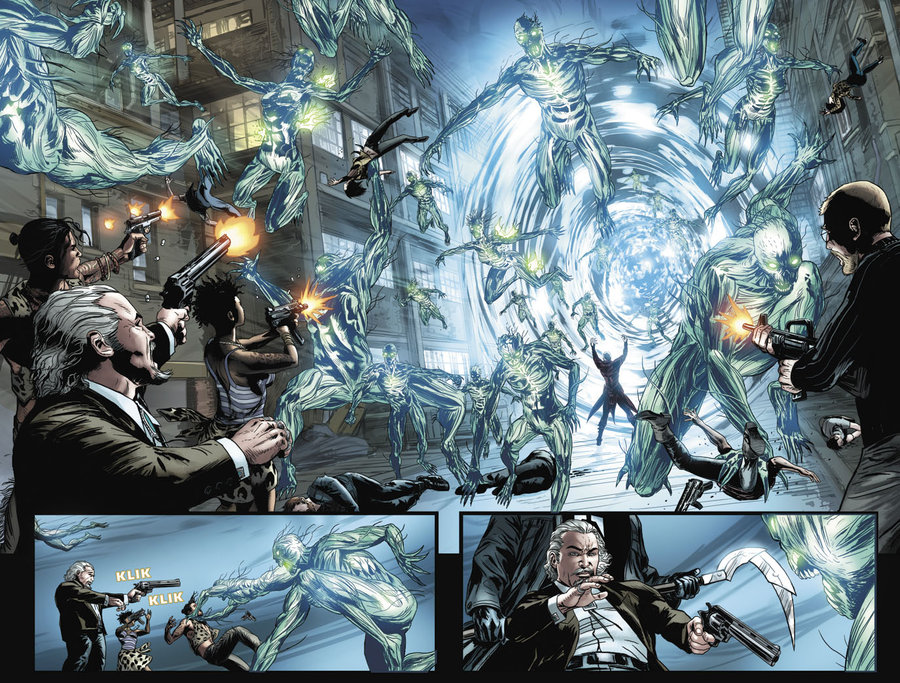
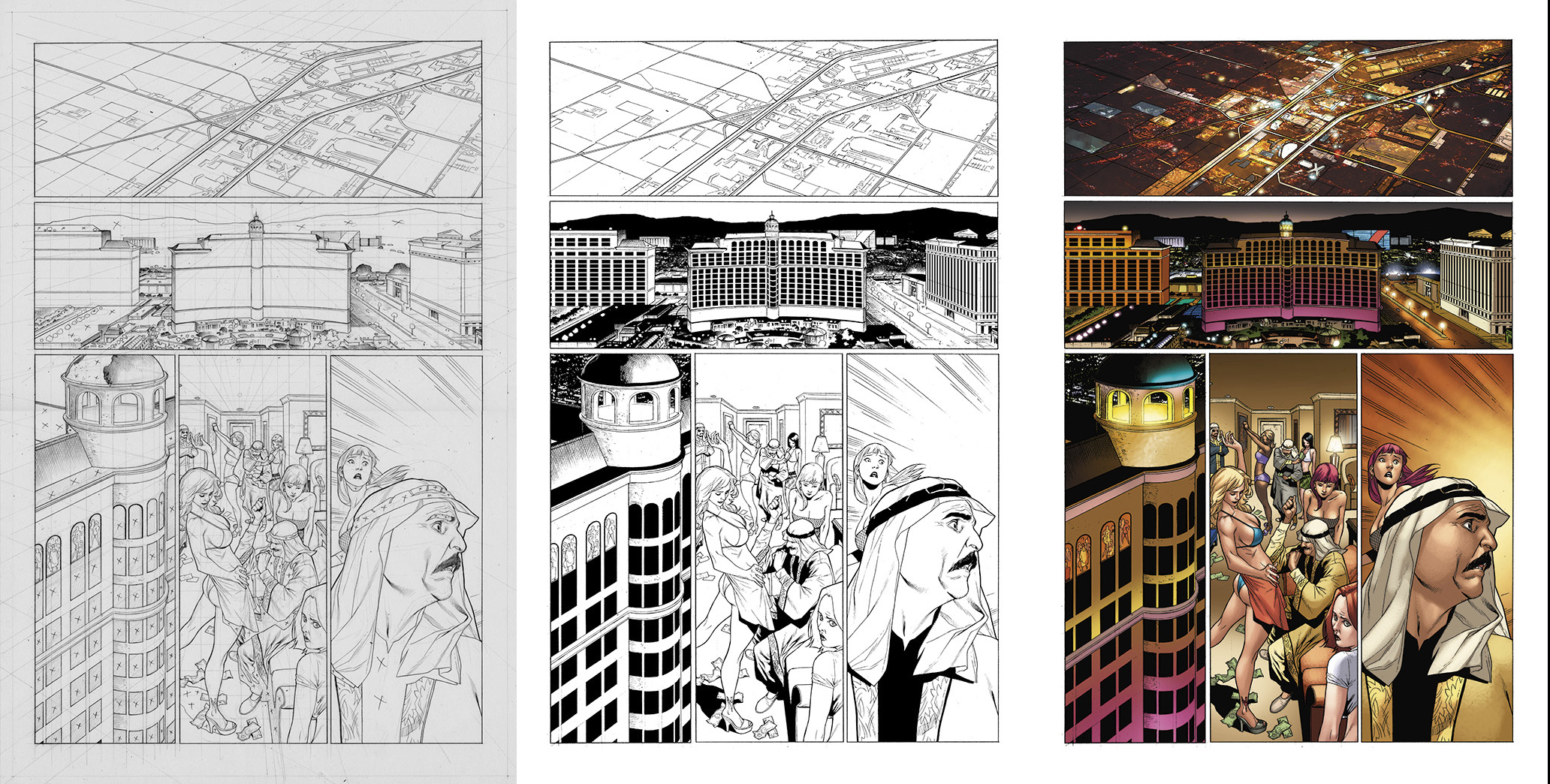


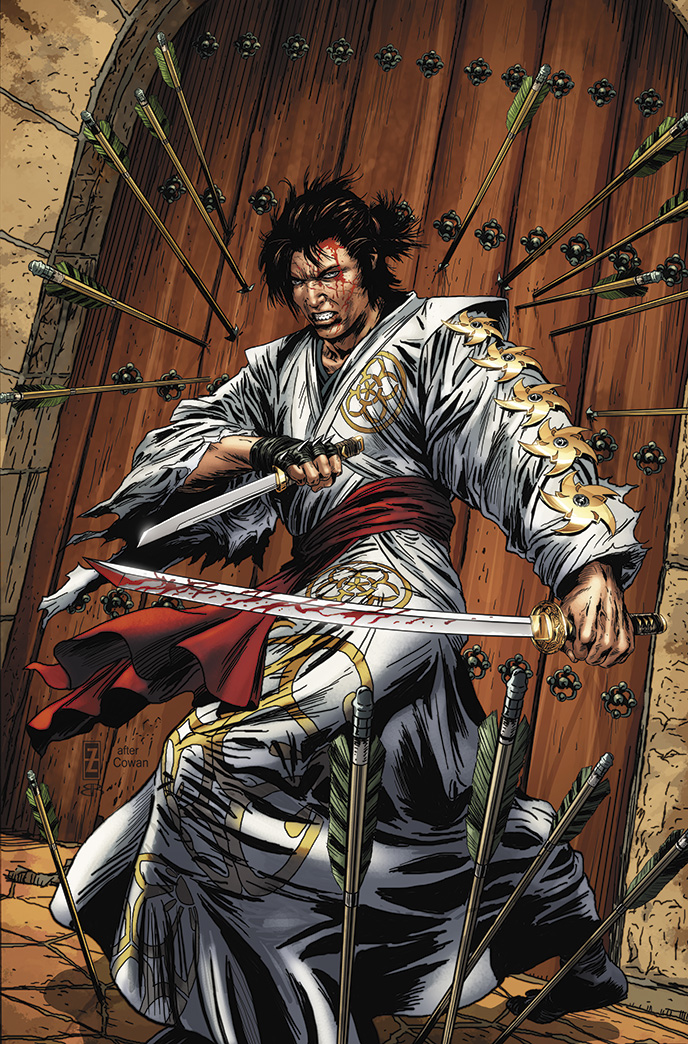
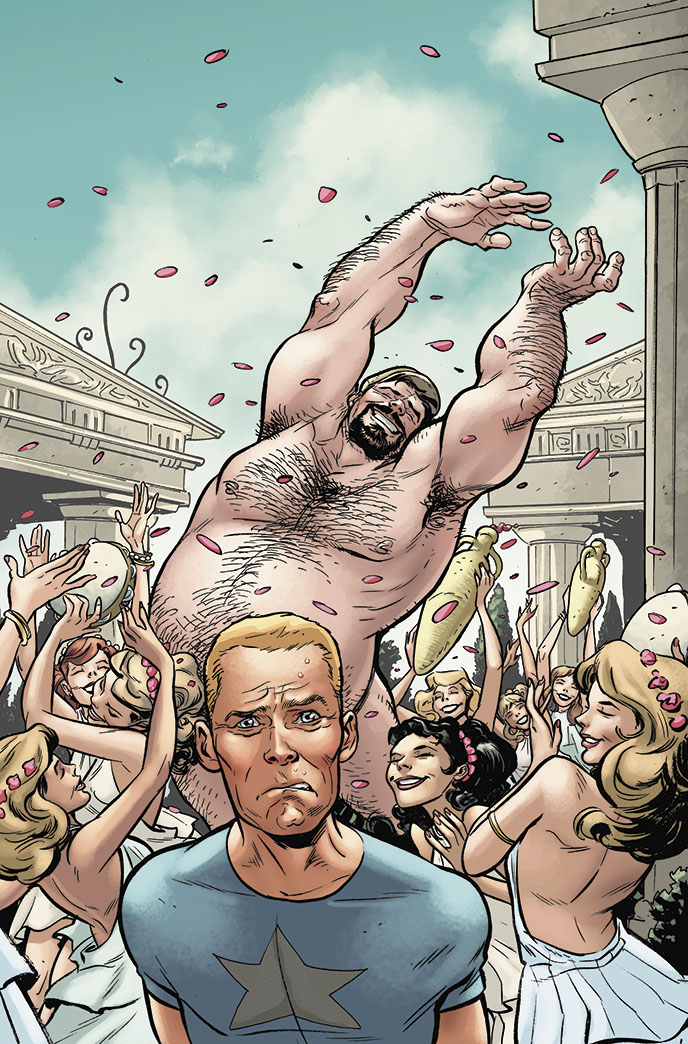


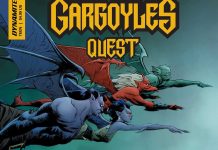



I remember meeting Brian a few years ago @ HeroesCon in Charlotte…super nice guy and a real professional. Bought a few prints of covers he had worked on…great stuff. Colorists are to be valued in comics…a great one can really tie the work together; a bad one can bring down an otherwise good product. Can’t fake coloring skills. Congrats, Brian!
Comments are closed.